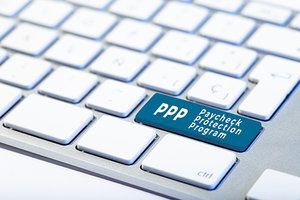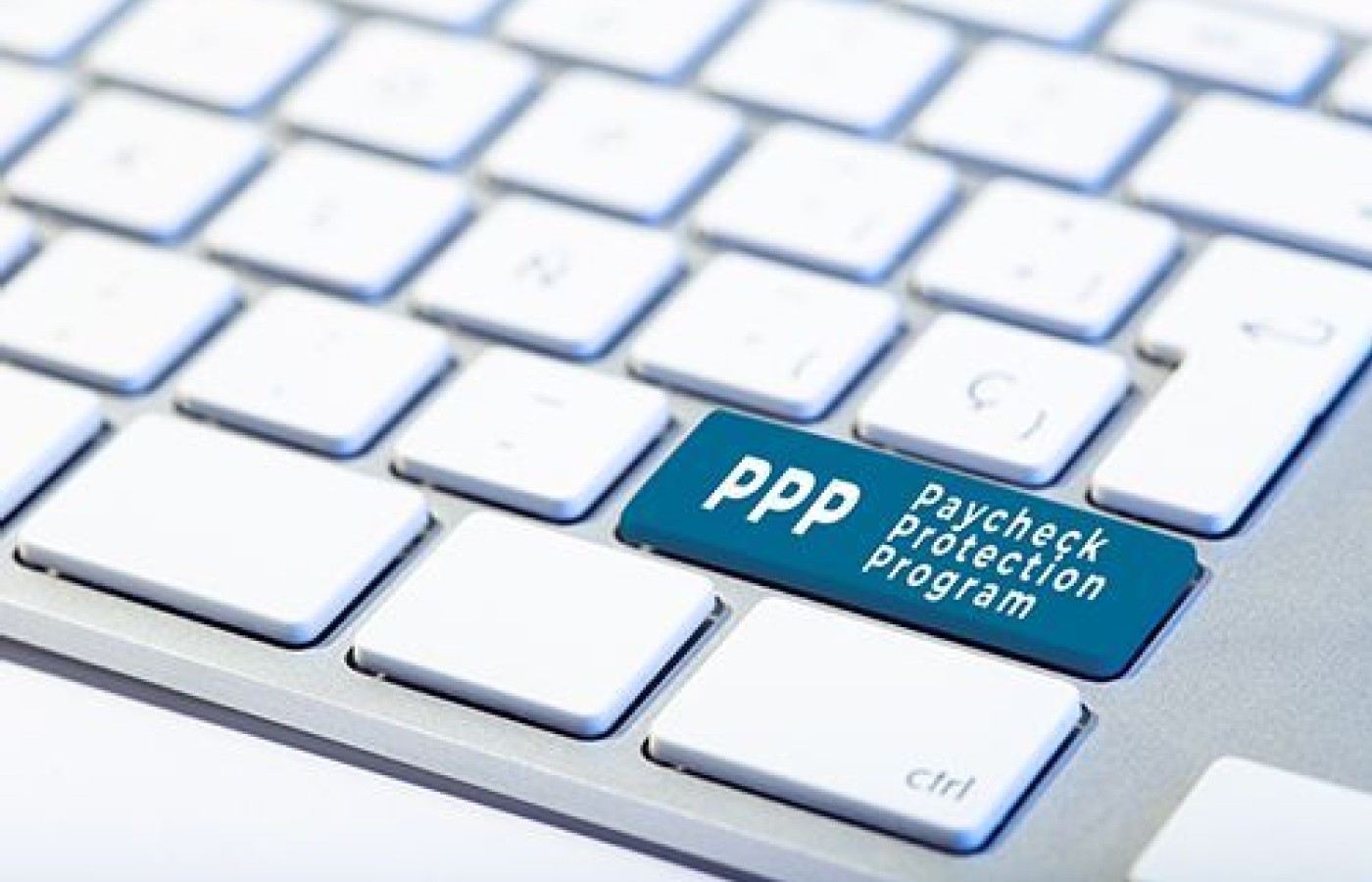New York's highest court of appeals has held that no-fault insurers cannot deny no-fault benefits where they unilaterally determine that a provider has committed misconduct based upon alleged fraudulent conduct. The Court held that this authority belongs solely to state regulators, specifically New York's Board of Regents, which oversees professional licensing and discipline. This follows a similar recent ruling in Florida reported in this publication.
Congress Votes to Extend Paycheck Protection Program
With an estimated 130 billion (you read that right: billion) in Paycheck Protection Program (PPP) dollars still available as of the end of June, when the original program expired, you may think you've missed your opportunity to protect your chiropractic practice and staff (if you have any) with a federal loan to cover payroll, rent and other practice expenses.
Think again. It looks as if you'll still have plenty of time because Congress just passed legislation that extends the PPP application window until Aug. 8, 2020, from the original deadline of June 30. (Note: As we write this, President Trump is expected to sign the bill shortly.)
If you haven't applied for a loan yet, even though you could use it, note that 1) large portions of the loan are forgivable (don't need to be paid back) if used for certain purposes; and 2) the interest rate on non-forgivable amounts is a mere 1 percent.

Additionally, earlier legislation (the Paycheck Protection Program Flexibility Act), signed by the president in early June, also makes taking out a PPP loan more appealing. Here are some of the new benefits compared to provisions in the original CARES Act:
- Extension of the "forgiveness" period – the time frame during which a borrower can use loan funds for authorized expenses and not have to repay that amount – from the original eight weeks after the date of loan disbursement to 24 weeks.
- Reduction in the minimum loan percentage that must be used for payroll expenses (to qualify for loan forgiveness) from the original 75 percent to 60 percent.
- Extension of the payment deferral period (the time frame in which the borrower must repay any amount not forgiven) from the original six months after the loan funding date to "date on which the amount of forgiveness determined under Section 1106 of the CARES Act is remitted by the lender."



